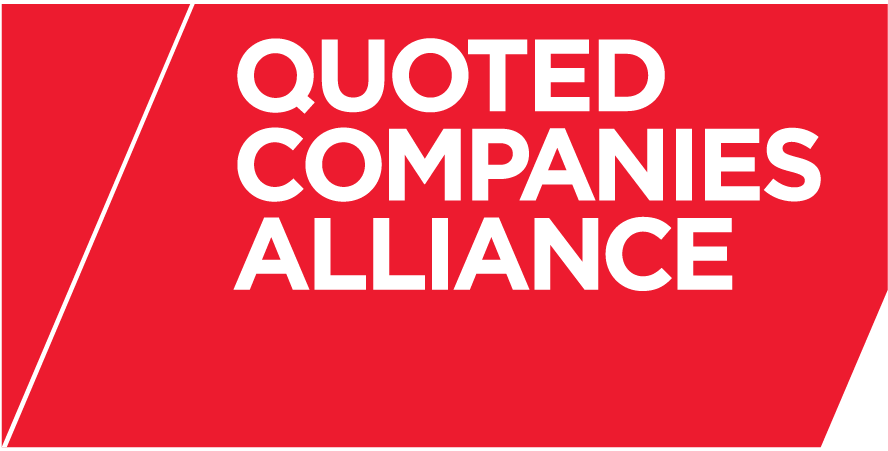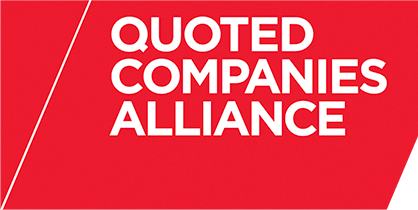The new MiFID2 rules on payments for investment that came into effect on 3 January have already shrunk the market for European equity research, although the ultimate impact of the regulations probably won't be evident before the end of 2018.
But it is transforming massively the Industry with some indirect impacts on Investor Relations.
Most commentary has understandably focused on the impacts for the buy-side and the sell-side, but the knock-on effects for corporates are less well understood.
What does MiFID2 mean for sell-side and buy-side?
The old model – whereby every broker spoke to every investor and research was (almost) freely available – is coming to an end. With a growing number of institutional investors announcing that they will cease charging clients for research and instead absorb research costs into their own P&Ls under the new rules, research/advisory budgets should decrease by 20% year-over-year according to a recent Greenwich Associates survey.
MiFiD2 has also prompted investors to cut ties with research providers (roughly 20%). For the first time, the two sides have found themselves engaged in tough negotiations about how to price research. We expect to see a more exclusive model in time, with relationships and flows increasingly concentrated on a smaller number of counterparts. The most highly-ranked analysts will become even more influential as they increasingly dominate client relationships at the expense of the "long tail" of analysts outside the top 5 in their sector.
What does it mean for corporates?
MiFID2 does not directly regulate corporate interactions with the buy-side or sell-side. However, we have identified several indirect impacts that investor relations professionals (IRs) need to be aware of. Some of these impacts are being felt already, whilst others will be more of a ‘slow burn’ – we think it is likely to be a few years before the implications are fully understood. We expect 2018 will be somewhat of an experimental year for the buy-side and sell-side in terms of adjusting to the new operating model of MiFD2. Pricing models and account management procedures may well evolve during the coming year.
Research distribution is the first impact IRs will have seen from MiFID2. As the sell-side tightly controls the distribution of their data and research notes to the buy-side, corporates will notice an increasing number of brokers sending them research via html links, rather than in pdf format. This could present a challenge to IRs who wish to collate research from several brokers for their management and board members.
Research coverage is the second area where IRs may see an impact. As the buy-side becomes very selective in their choice of brokers with whom they will work and pay, there is likely to be deflationary cost pressure on sell-side advisory businesses (in addition to deflation on execution businesses from the rise of passive investing). This could lead to some consolidation on the sell-side and a reduction in the number of analysts covering a stock. Some IRs at large cap companies believe this could have a positive impact and lead to higher quality research coverage overall, if the lower quality analysts dropped coverage. However, we are not so sure – could “juniorisation” of research coverage be another way for some sell-side firms to reduce their cost base? Also, for small- or midcap companies, a significant drop in the number of analysts covering the stock is unlikely to be helpful.
IRs also need to monitor how MiFID2 impacts consensus management. It remains to be seen whether the quality of consensus will be positively or negatively impacted by the potential changes in research coverage. With brokers tightly controlling the distribution of their data, how relevant will the consensus data published by aggregators be post MiFID2? Could there be more bonus on IRs teams to publish consensus data on their IR websites, if they become the only players who are seeing the full range of broker consensus estimates?
Corporate access and the impact of MiFD2 on roadshows and conferences is the topic IRs ask us about the most. It is also the area where we have seen a significant amount of fake news circulated in the market. Can brokers still book meetings with non-clients? Will corporates have to pay to have roadshows organised for them? Will more investors come to IR teams directly to set up meetings? How can IR teams know which investors are still on broker client lists? How will MiFID2 impact investors in North America? Will some conferences be cancelled, or will roadshow schedules be lighter than before? Having a transparent dialogue with analysts, specialist sales and corporate access teams who you trust will certainly be crucial for navigating this evolving landscape. Best practice for roadshow organisation is likely to vary according to geography, and on whether the roadshow is open solely to current top shareholders or to potential new shareholders.
Market intelligence provided by trusted brokers will remain critical to high quality and high-impact investor targeting. The daily interactions that analysts, salespeople, traders and corporate access have with the buy-side is unique to the sell-side and will have a more important role post MiFID2: as investors become highly selective about which corporate meetings to accept, high quality and timely insight into which investors are genuinely interested in the stock can be invaluable information for IR teams.
With much uncertainty for IRs about the real impacts of MiFID2, many teams are adopting a ‘business as usual’ and ‘wait and see’ approach in the short-term, which seems sensible to us. We advise IRs to be more vigilant with investor targeting in general; and IRs may need to re-think their previously held views about the regional strengths of individual brokers.
Using the responses of over 300 European (IR) professionals, this survey of corporate attitudes attempts to paint a clearer picture of the landscape post-MiFID II. In this report, Exane BNP Paribas look in more depth at some of the biggest issues, including the cost of running IR functions, the quality and quantity of research coverage, corporates’ access to content and ability to redistribute it, the impact on consensus and changes to corporate access practices.
You can download the report here (pdf)
This article was written by Benedicte Thibord, Global Head of Corporate/Expert Access, Exane BNP Paribas and Jane Henderson, Corporate Access Originator, Exane BNP Paribas

